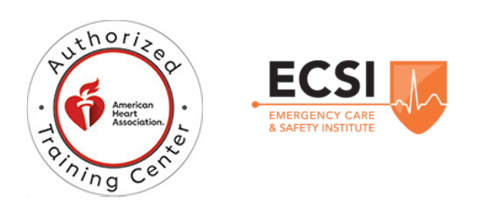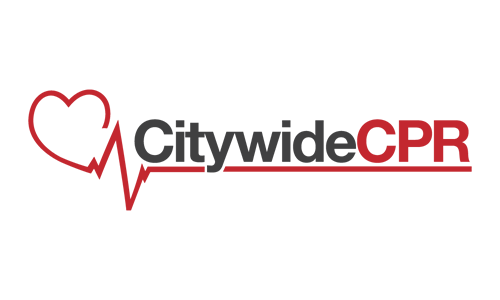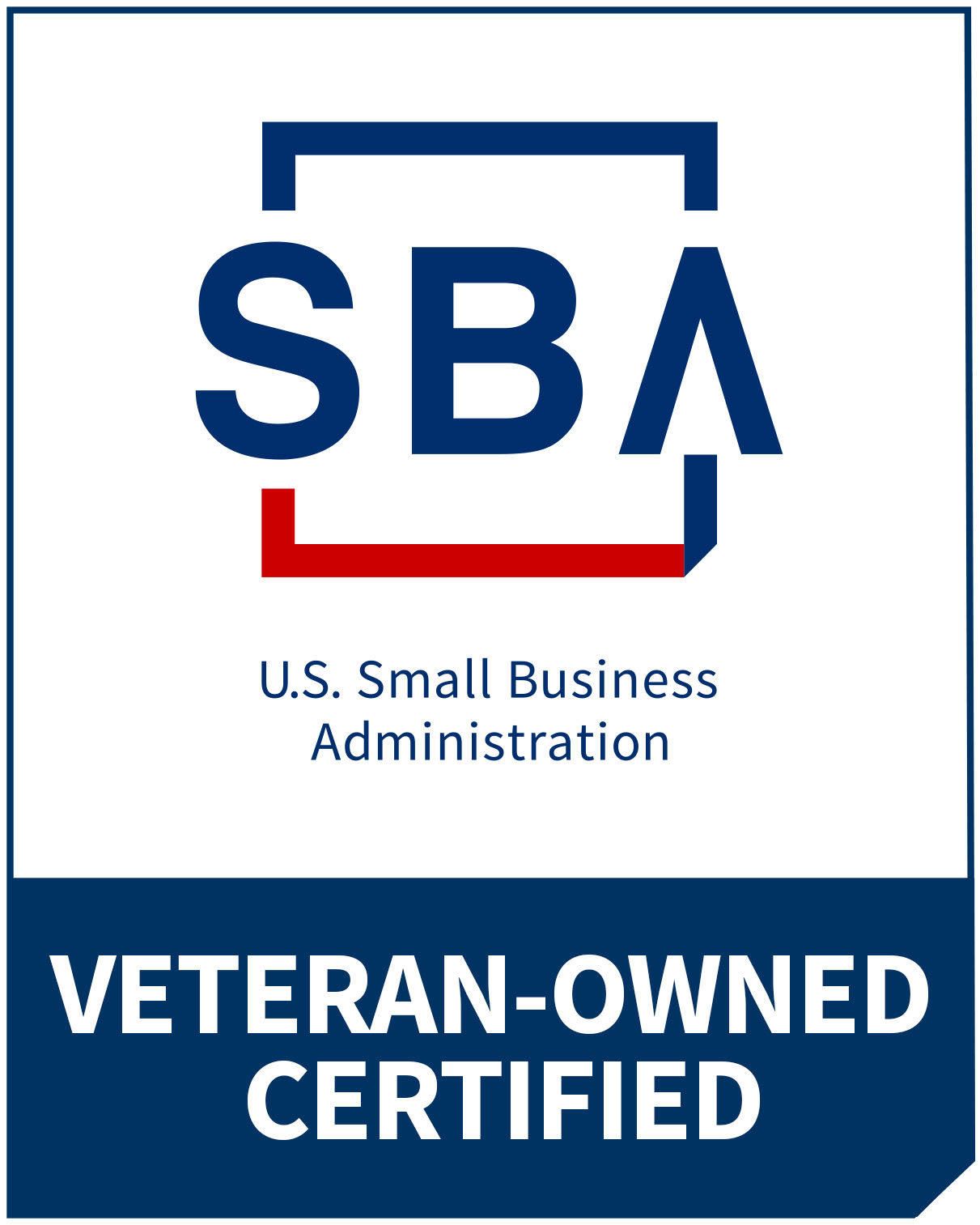CPR certification is easy to get. Some companies require CPR certification, while others allow their employees to get CPR certified themselves. With the availability of CPR courses nationwide, everyone should get trained and certified now.
One of the main reasons why CPR certification should be gotten is the benefits that it brings. We all know that most people would only get something if there is something for themselves. With a CPR certification in your resume, employers are more likely to hire you. This can be a big boost in your resume, especially if you are entering an industry where you will be exposed to a lot of people – such as being in the medical industry, driving, or any outside work, having CPR certification can be a big help.
Another reason is the occurrence of CPR inside a house being more frequent. Even if you or your immediate family members look healthy enough and not candidate for cardiac arrest, it does not mean that you are completely immune from the problem. With CPR certification and training to back you up, even if the unfortunate event of sudden cardiac arrest happens, there is a great chance of revival of the victim within your home. This reasons is to help and save your family members.
One more reason to do it is the sheer usefulness of the skill. It is one of the most important actions to do for someone who has lost consciousness. Administering CPR is sometimes the line between life and death for some situations. There are fewer instances of bystanders administering CPR and this may be because of the lack of training. With more trained people out and about, there will be more instances of bystander CPR and an increase in the survival rate of victims of sudden cardiac arrest.
Training for CPR certification is also easier, and offers flexibility for participants. There may be some participants who would be hesitating because of the requirement for mouth to mouth resuscitation when doing the real thing, but by attending to a training, participants would come to know that the guidelines have changed and that mouth-to-mouth resuscitation is no longer a requirement. This is just one of the many things that a participant can learn upon entering a course and training for certification in the administration of CPR.
CPR saves lives, and that is a fact that everyone knows. As a final reason for getting CPR certified, participants should just think if they want to be of help to others, in the best way possible. What more can top the gift of a second chance in life? With cardiac arrests as one of the most common killers in the country, it is important that we arm ourselves with the knowledge not only to help ourselves or our family, but strangers that we meet as well. Who knows, maybe someday, that CPR certification that you just got may be the one that can connect you to others, or it can just save someone’s life.





